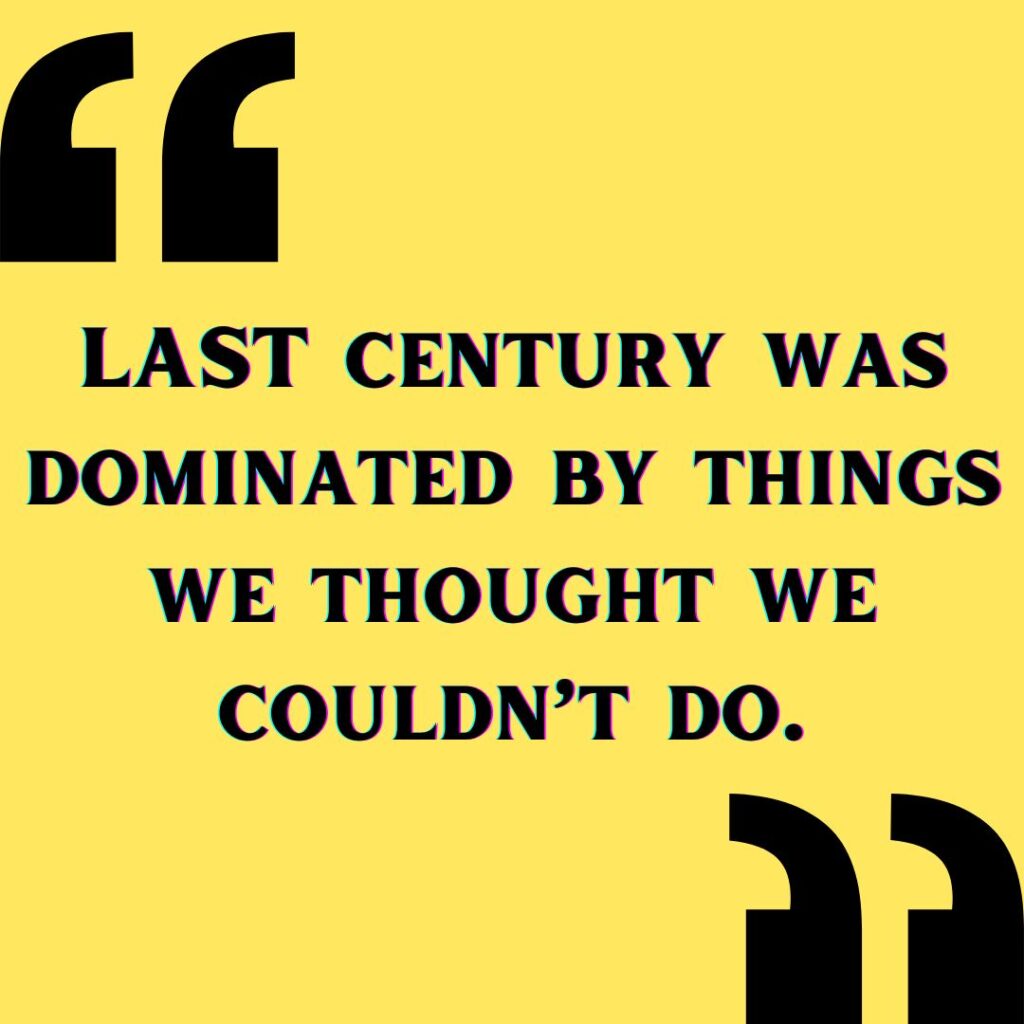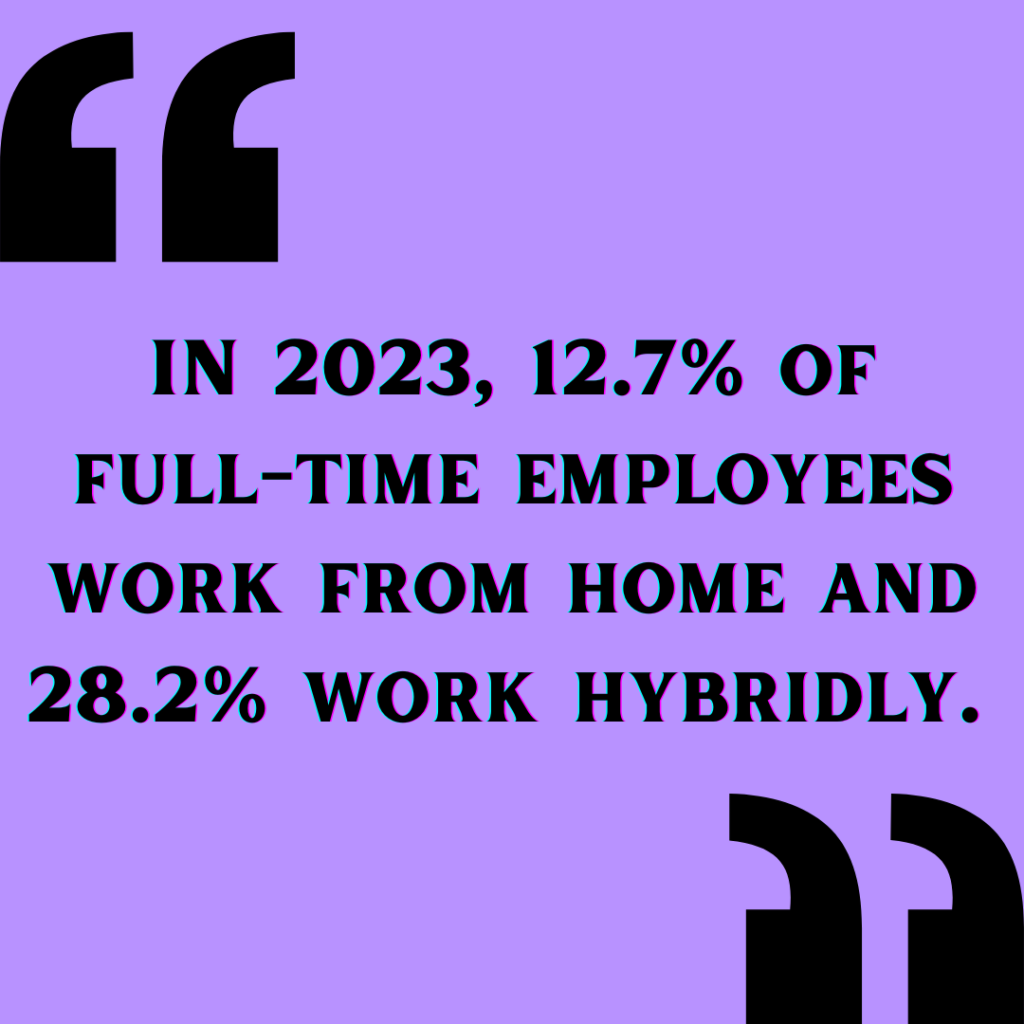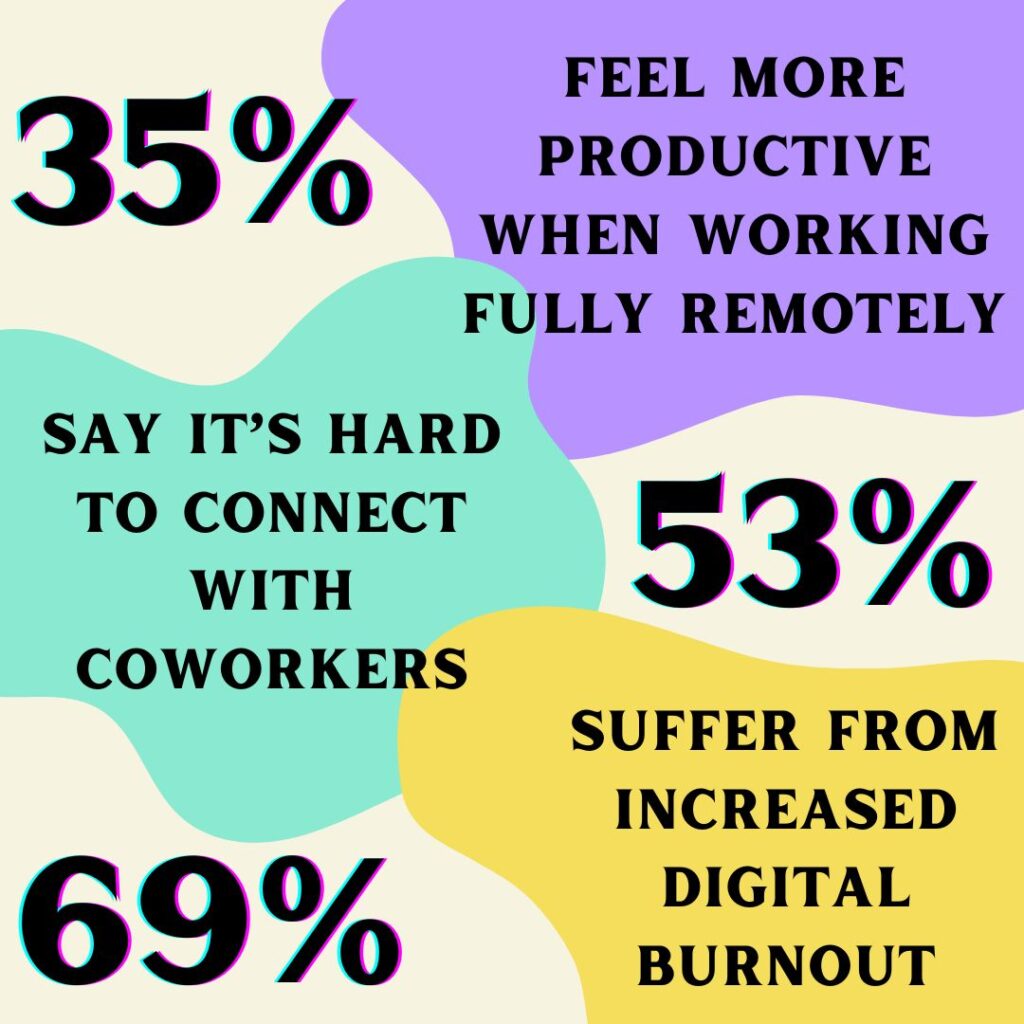DOING WHAT WE THOUGHT WE COULDN’T

ast century was dominated by things we thought we couldn’t do.
We thought we would become Icarus if we flew too close to the sun until the Wright brothers, with wings made of fabric covered timber (Wright Brother, n.d.) instead of metal and beeswax (Icarus, n.d.), flew without the fatal fall.
We thought we would always race letters across the country in saddle bags and steam engines until cell phones sent our love for each other with emojis instead of envelopes.
We thought we would render our thoughts as bleeding letters on crumpled pieces of paper until computers screens with blinking cursers became the emblem of writer’s block.
We thought we couldn’t do these things until we did them.
The development of technology coincided with that of communication. Our ability to fly around the world to see each other, instantly send messages to speak to each other, and type on a computer to communicate with the world around us are indicators thereof.
The connections we establish virtually become the connections we rely on emotionally, be they the goodnight texts of two lovers or the friendly follow up texts of two CEOs.
With the development of technology and communication came remote work, which rests on the assumption that productivity flourishes in remote work environments.

After all, wouldn’t you be more productive without losing a quarter tank of gas to 45 minutes of morning traffic? If you’re one of the 32.6 million Americans working remotely by 2025, you might just be in luck (Haan, 2023).
THE HISTORY OF REMOTE WORK
Also called the Work-From-Home (WFH) model (Roy, 2022), remote work has existed for centuries. Think of seamstresses and blacksmiths in the Middle Ages or bakers and seamstresses in pre-Revolutionary America; if anything, we switched from working from home to working outside of it during the Industrial Revolution, when factory work required employees to work on-site (Reynolds, n.d.).

Comics Kingdom: Edge City by Terry and Patty LaBan, Nov. 30, 2023
As of the 1990s, technological advancements like the cellphone and the publicly accessible World Wide Web enabled the modern WFH model to take shape. Suddenly, globalized communication sounded like ringtones and clacking keyboards for the 5.7% of Americans working from home prior to the COVID-19 pandemic (Roy, 2022).
THE PANDEMIC AND THE ZOOMIFORM
Then came the pandemic, which gave businesses a simple ultimatum: stay in business by adopting a WFH model or go under without one.

By limiting in-person contact among employees, remote work enabled businesses to maintain operations and workers to remain employed. Between April and December of 2020, this shift led to a jump from 5% to 50% of workers working remotely in the US (Dalton & Groen, 2021).
Industries like media and communications, information technology, and management/consulting adapted easily (Roy, 2022); for those that didn’t, employment fell an estimated 21% (Dalton & Groen, 2021).
The pandemic proved to be the first of many times we went to meetings in formal above waist and informal below waist attire, or the Zoomiform.
THE ZOOMIFORM LIVES ON!
Post pandemic, some employers continue to operate remotely.
ahahah
As of 2023, 12.7% of full-time employees work from home while 28.2% work on a hybrid model (Haan, 2023). Some employers like the decreases in overhead costs, access to broader talent pools, and a reduced of their carbon footprint; others find the increased productivity from their teams of global talent too enticing to give up (Roy, 2022).
IS THAT REALLY COFFEE IN YOUR CUP?
For employees, remote work’s benefits are worth up to a 10% pay cut (“Statistics On,” n.d.) and leaves around 35% of remote workers feeling more productive (Haan, 2023). Benefits could include an elimination of the home-work commute, flexible hours, and the luxury of a Zoomiform.
Sometimes being in a comfortable environment makes the unbearable bearable. In the words of one remote worker, “I’m just pretending this coffee is a margarita and I’m sitting by the beach,” (“Inspirational,” n.d.).
I asked Isabella King, a fully Remote Editorial Development Specialist at scientific research publisher Frontiers, to talk about her experiences with these issues. Watch her share her perspective on working remotely and the importance of community building outside of a computer.
Like King mentions, it’s hard to set boundaries when your home is your office and your boss can connect to almost any screen within in. 69% of remote workers feel increased burnout from a lack of digital wellness practices (Haan, 2023).
Although the remote work has its benefits, at home isolation day after day has serious social repercussions.
A lack of in-person contact means a lack of building in-person relationships with coworkers, sometimes causing up to 53% of remote workers to feel like they’re unable to connect with each other both on and off-screen (Haan, 2023).

That could be look like squinting into your monitor instead of sending a coworker a private message asking, “Is that really coffee in your cup?”
Who knows? The answer to the message you didn’t send could’ve really boosted company moral.
Instead you’d silently sit there, vision pixelated as you wonder if they’re smiling too much and sipping too happily for a Friday evening meeting.
IN CONCLUSION
We’ve spent a century turning the things we thought we couldn’t do into things we did do: Icarus became Spirit Airlines, daring romantic letters became green text bubbles, and blinking cursers became the new writer’s block.
Although the WFH model has existed for centuries, technological support of virtual communication’s increasingly personal nature led to the rise of the modern remote workforce.
The click of ending calls and clack of keyboards intensified during the pandemic, when around 50% of workers worked remotely (Dalton & Groen, 2021). Post pandemic, some employers kept a WFH model or adapted to hybrid models instead of fully going back to in-person work.
Sequestered in home offices, remote workers feel more productive at the expense of their workplace social life. They also have increased digital burnout from difficulty setting boundaries in the virtual workplace. Isabella King, a remote employee at Frontiers, comments on these issues in her interview.
Whether you’re currently working remotely or not, remember that by 2025 you may be one of 32.6 million Americans in their Zoomiforms with what appears to be a cup of coffee in hand (Haan, 2023).
Just remember, it’s 5 o’clock anywhere your boss can’t see it.
REFERENCES
Dalton, M. and Groen, J. (2021). Telework during the COVID-19 pandemic: estimates using the 2021 Business Response Survey. Monthly Labor Review, U.S. Bureau of Labor Statistics. Retrieved from https://doi.org/10.21916/mlr.2022.8
Haan, K. (2023). Remote Statistics and Trends in 2023. Retrieved from Remote Work Statistics & Trends In (2023) – Forbes Advisor.
Icarus. (n.d.). Retrieved from Icarus – Wikipedia.
Inspirational and Funny Working from Home Quotes. (n.d.). Retrieved from Inspirational and Funny Working from Home Quotes – VIRBLife.com.
Reynolds, B. (n.d.). Retrieved from The Complete History of Working from Home (flexjobs.com).
Roy, A. (2022). The Past, Present and Future of Remote Work. Retrieved from The Past, Present And Future Of Remote Work (forbes.com).
STATISTICS ON REMOTE WORKERS THAT WILL SUPRISE YOU. (2023). Retrieved from Statistics On Remote Workers That Will Surprise You – Apollo Technical LLC.
Wright Brother. (n.d.). Retrieved from Wright Brother – an overview | ScienceDirect Topics.
Comment your thoughts on remote work below!
Follow me on social media too!